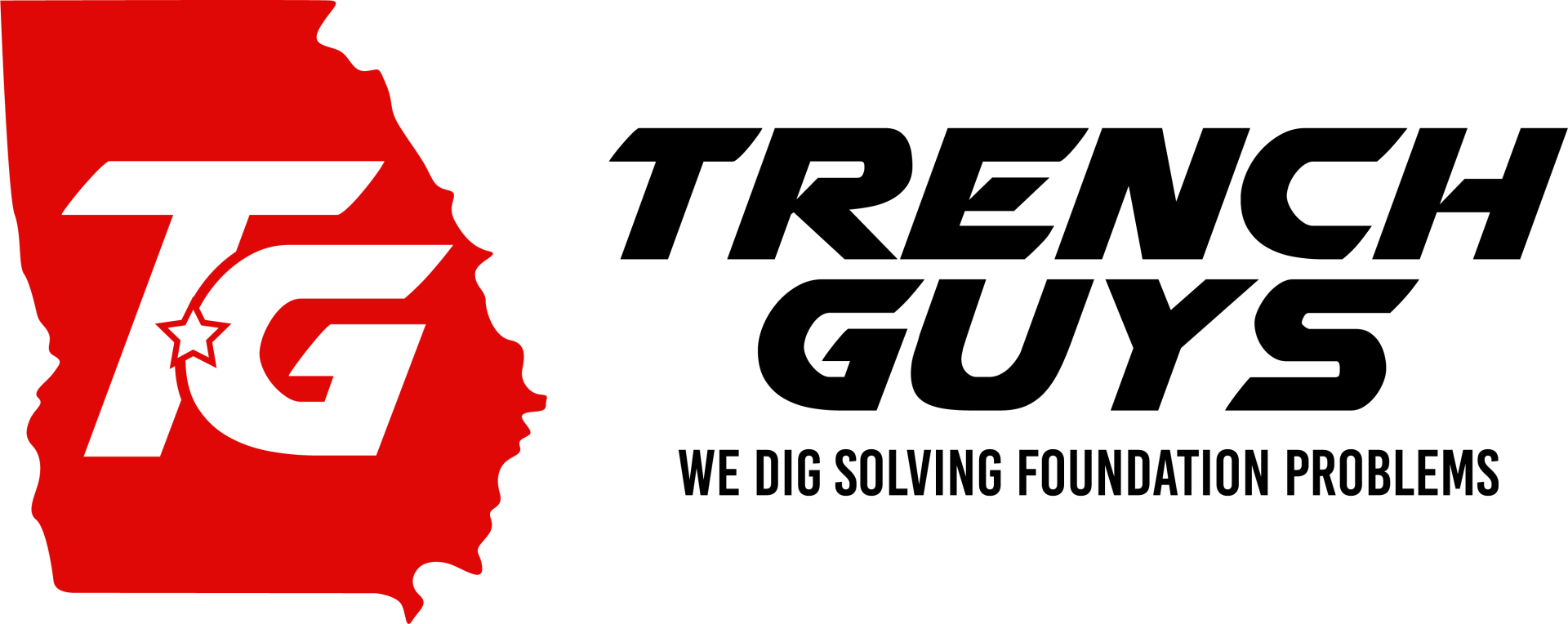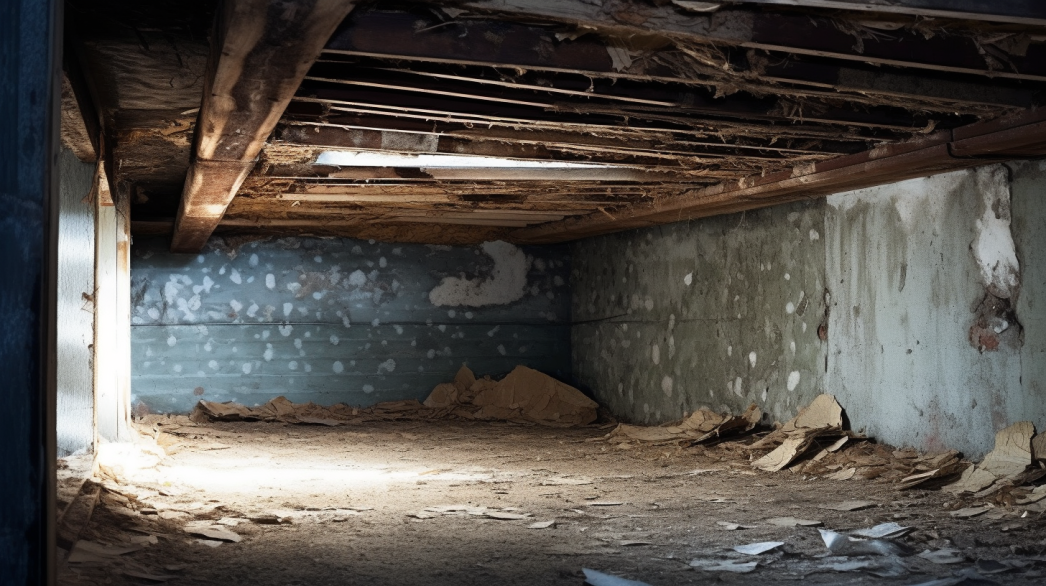A well-maintained crawl space is fundamental to the overall health and stability of your home, yet it’s an area that is often overlooked until problems arise. One of the most significant factors influencing the condition of your crawl space is the effectiveness of its drainage system. Proper drainage is crucial for preventing water accumulation, which can lead to a host of issues such as mold growth, wood rot, and even structural damage.
Without effective drainage, excess moisture can easily seep into your crawl space, creating a damp environment that invites pests and promotes the deterioration of your home’s foundation. Over time, these issues can compromise the structural integrity of your home, leading to costly repairs and potentially endangering the health of its occupants.
This blog will explore the vital role that proper drainage plays in maintaining a dry, healthy crawl space. We will discuss the various drainage solutions available, such as grading, gutters, and sump pumps, and how they work together to protect your home from moisture-related problems. Understanding the importance of effective drainage will help you take proactive steps to ensure your crawl space—and your entire home—remains safe, dry, and structurally sound.
Preventing Water Intrusion
Water intrusion is one of the most common and damaging issues that can affect a crawl space. Whether it comes from external sources like rainwater or groundwater, the presence of water in your crawl space can lead to serious problems, including mold growth, wood rot, and even structural damage. Preventing water from entering your crawl space is crucial for maintaining the health and integrity of your home. Here’s how to address the common sources of water intrusion and the effective solutions to keep your crawl space dry.
External Water Sources
Rainwater: Heavy rain is a significant threat to the health of your crawl space, especially if your home’s drainage system is inadequate. During periods of intense rainfall, water can pool around the foundation of your home, increasing the risk of it seeping into the crawl space. This pooling is often exacerbated by issues such as clogged gutters, improperly positioned downspouts, or a lack of sufficient grading around the home. When rainwater accumulates near the foundation, it can find its way into the crawl space through cracks, gaps, or poorly sealed areas, leading to moisture buildup and potential damage.
Groundwater: Another major source of water intrusion is groundwater, particularly in areas with high water tables. When the water table rises, especially after prolonged periods of rain, groundwater can push its way into your crawl space from below. This type of intrusion is more insidious, as it doesn’t rely on surface water but rather on the natural movement of water beneath the ground. If your crawl space is not properly sealed or if drainage systems are inadequate, groundwater can easily seep in, creating a persistent moisture problem that can be difficult to manage without the right precautions.
Solutions
Gutters and Downspouts: A critical first line of defense against water intrusion is ensuring that your home’s gutters and downspouts are properly installed and functioning. Gutters should effectively capture rainwater from the roof and channel it through downspouts that direct the water away from the foundation. Regular maintenance of gutters is essential to prevent clogs that can cause overflow, leading to water pooling near the foundation. Downspouts should extend far enough from the house—ideally, at least six feet—to ensure that water is safely directed away from the crawl space. Installing downspout extensions or splash blocks can further help in diverting water away from the home’s perimeter, reducing the risk of water seeping into the crawl space.
Grading: Proper grading around your home is another essential measure to prevent water from accumulating near the foundation. The ground should be sloped away from the house, creating a natural pathway for rainwater to flow away rather than pooling against the foundation. A slope of at least 6 inches for the first 10 feet away from the house is generally recommended to achieve effective drainage. In some cases, regrading may be necessary if the current slope is insufficient or if the soil has settled over time, creating low spots where water can collect. By ensuring that the ground slopes away from your home, you can significantly reduce the likelihood of water entering your crawl space and causing damage.
Reducing Moisture and Humidity
Moisture and humidity in crawl spaces are not just minor inconveniences; they are serious issues that can compromise the health of your home and its occupants. High moisture levels can lead to the growth of mold and mildew, which pose significant health risks, and can also cause structural damage over time. Addressing moisture and humidity in your crawl space is crucial for maintaining a safe, healthy, and structurally sound home. Here’s a closer look at the effects of high moisture and the solutions to keep it under control.
Effects of High Moisture
Mold Growth: One of the most immediate and concerning effects of high moisture levels in a crawl space is the growth of mold and mildew. These fungi thrive in damp, dark environments, making a poorly ventilated or unsealed crawl space an ideal breeding ground. Mold can spread rapidly, not only damaging the materials it grows on but also releasing spores into the air that can infiltrate the living areas of your home. Exposure to mold spores can lead to a range of health issues, including respiratory problems, allergic reactions, and other chronic conditions, particularly in individuals with compromised immune systems. Preventing mold growth by controlling moisture is essential for safeguarding both your home and your family’s health.
Structural Damage: Beyond health concerns, excess moisture in the crawl space can lead to significant structural damage. Over time, moisture can cause wooden beams, floor joists, and other building materials to weaken and deteriorate. Wood rot is a common issue in damp crawl spaces, where prolonged exposure to moisture breaks down the wood fibers, reducing the structural integrity of your home. This can result in sagging floors, cracked walls, and in severe cases, compromised foundation stability. By controlling moisture levels, you can prevent these costly and potentially dangerous structural issues.
Solutions
Vapor Barriers: Installing vapor barriers is one of the most effective methods for preventing moisture from entering your crawl space. A vapor barrier is a thick, impermeable material, typically made from polyethylene, that is laid over the crawl space floor and attached to the walls. This barrier acts as a shield, blocking moisture from the ground and preventing it from rising into the crawl space where it can cause problems. Vapor barriers are particularly effective in areas with high humidity or where groundwater seepage is a concern. When properly installed and sealed, vapor barriers can significantly reduce the amount of moisture in your crawl space, helping to maintain a dry, stable environment.
Dehumidifiers: In addition to vapor barriers, using a dehumidifier is an excellent way to maintain optimal humidity levels in your crawl space. Dehumidifiers work by extracting excess moisture from the air, which helps to prevent condensation, mold growth, and the other issues associated with high humidity. It’s important to choose a dehumidifier that is appropriately sized for your crawl space and to maintain it regularly to ensure it operates efficiently. An energy-efficient model will help keep your energy costs down while effectively managing the humidity levels. By combining the use of vapor barriers with a dehumidifier, you create a comprehensive moisture control strategy that protects your home from the damaging effects of excess moisture.
Protecting the Foundation
The foundation is the backbone of your home, providing the essential support structure upon which everything else is built. However, it is also highly susceptible to damage from water intrusion and poor drainage. Protecting your foundation from these threats is crucial to maintaining the stability and safety of your home. By understanding the potential damage water can cause and implementing effective solutions, you can ensure your foundation remains strong and secure for years to come.
Potential Damage
Erosion: One of the most significant threats to your foundation is soil erosion caused by water. When water accumulates around the foundation, it can gradually erode the soil that supports the structure. As the soil is washed away, the foundation can begin to settle unevenly, leading to a host of structural problems, including uneven floors, misaligned doors and windows, and even cracks in the walls. Over time, erosion can significantly undermine the stability of your foundation, making it essential to address any water drainage issues promptly to prevent this from happening.
Cracking: Another common issue caused by excess water around the foundation is cracking. When water accumulates around the foundation, it creates hydrostatic pressure, which pushes against the foundation walls. If the pressure becomes too great, it can cause the walls to crack, compromising the structural integrity of your home. Cracks in the foundation can also allow water to seep into your crawl space or basement, leading to additional moisture problems and potential damage to your home’s interior. Preventing water buildup and managing hydrostatic pressure are critical steps in protecting your foundation from cracking and the subsequent issues it can cause.
Solutions
French Drains: One of the most effective solutions for protecting your foundation from water damage is the installation of a French drain. A French drain is a trench filled with gravel or rock that contains a perforated pipe, which redirects water away from the foundation and towards a designated drainage area. By channeling excess water away from your home, a French drain helps to prevent soil erosion and reduces the hydrostatic pressure that can cause foundation cracking. Proper installation is key to the effectiveness of a French drain, so it’s important to ensure that the drain is installed at the correct slope and that the drainage area is sufficient to handle the volume of water being redirected.
Sump Pumps: In addition to French drains, sump pumps are another powerful tool for protecting your foundation. A sump pump is installed in a sump pit, usually located in the lowest part of the crawl space or basement. Its primary function is to remove accumulated water from around the foundation by pumping it out and away from the home. This is particularly useful in areas prone to heavy rainfall or where the water table is high. Sump pumps can be a critical line of defense against water intrusion, especially in situations where passive drainage solutions like French drains are not sufficient. For added security, consider installing a battery backup system to ensure the sump pump continues to operate during power outages, which are common during severe storms.
Enhancing Air Quality
The air quality in your home is directly influenced by the condition of your crawl space. Poor drainage and excess moisture in this often-overlooked area can lead to a range of issues that not only affect the structural integrity of your home but also compromise the air you breathe. By understanding the effects of poor drainage and implementing effective solutions, you can significantly enhance the air quality in your home, creating a healthier living environment.
Effects of Poor Drainage
Musty Odors: One of the most immediate and noticeable effects of poor drainage in a crawl space is the development of musty odors. When water accumulates and stagnates in the crawl space, it creates an environment ripe for mold and mildew growth. As these organisms thrive in the damp, humid conditions, they release volatile organic compounds (VOCs) that produce the characteristic musty smell. This odor can easily permeate the floors and walls of your home, leading to an unpleasant indoor environment. The presence of musty odors is often a sign of underlying moisture problems in the crawl space that need to be addressed to improve both air quality and overall home health.
Allergens: Poor drainage in the crawl space not only leads to odors but also creates ideal conditions for allergens like mold spores and dust mites to flourish. Mold spores are a common allergen that can trigger respiratory issues, allergic reactions, and other health problems, particularly in individuals with asthma or compromised immune systems. Similarly, dust mites thrive in humid environments and contribute to poor indoor air quality by releasing allergens that can exacerbate allergies and asthma. The presence of these allergens in your crawl space can have a significant impact on the air quality throughout your home, making it essential to manage moisture levels to reduce the risk of allergen proliferation.
Solutions
Proper Ventilation: Ensuring proper ventilation in your crawl space is one of the most effective ways to enhance air quality and prevent moisture-related issues. Crawl space vents play a crucial role in allowing air to circulate, which helps to dissipate humidity and reduce the likelihood of mold and mildew growth. It’s important to regularly check that your crawl space vents are clear of debris, vegetation, or other obstructions that could impede airflow. Additionally, consider whether your crawl space might benefit from mechanical ventilation solutions, such as vent fans, which can further improve air circulation and help maintain a dry, well-ventilated space. By promoting adequate airflow, you can mitigate the conditions that lead to poor air quality and ensure a healthier home environment.
Regular Inspections: Routine inspections are key to identifying and addressing drainage issues in your crawl space before they escalate into more serious problems. Scheduling regular checks allows you to monitor the condition of your crawl space, detect signs of water intrusion, and take corrective action as needed. During inspections, look for standing water, damp spots, mold growth, and any signs of erosion around the foundation. Addressing these issues early on can prevent them from impacting your home’s air quality and structural integrity. Regular inspections should also include an assessment of the effectiveness of your current drainage solutions, such as vapor barriers, sump pumps, and French drains, to ensure they are functioning properly and keeping your crawl space dry.
Preventing Pest Infestations
Crawl spaces are often out of sight, but they shouldn't be out of mind, especially when it comes to preventing pest infestations. Moisture in the crawl space can create an inviting environment for a variety of pests, including rodents, termites, and insects, all of which can cause significant damage to your home’s structural components. By understanding why pests are attracted to crawl spaces and implementing effective preventive measures, you can protect your home from the costly and destructive consequences of infestations.
Attraction to Moisture
Pests: Moist environments are highly attractive to many types of pests, including rodents, termites, and other insects. Rodents such as mice and rats are drawn to crawl spaces in search of shelter and food sources, while termites thrive in damp wood and soil, making a moisture-laden crawl space an ideal breeding ground. Other insects, such as ants and cockroaches, are also likely to invade a crawl space where moisture is present, further complicating the pest problem. Once pests have established themselves in your crawl space, they can be difficult to eradicate and can quickly spread to other areas of your home.
Damage: The presence of pests in your crawl space can lead to extensive damage over time. Rodents can gnaw through electrical wiring, insulation, and wooden structures, creating fire hazards and weakening the integrity of your home. Termites are particularly notorious for their ability to consume wood, causing severe structural damage that can compromise the stability of your home’s foundation and framing. Insects can also carry diseases and contribute to unsanitary conditions, further jeopardizing the health and safety of your living environment. Preventing moisture buildup in the crawl space is a crucial step in deterring these pests and avoiding the costly repairs associated with infestations.
Solutions
Sealing Gaps: One of the most effective ways to prevent pests from entering your crawl space is by sealing gaps and potential entry points. Inspect the perimeter of your home for cracks, holes, and gaps in the foundation, vents, and around utility penetrations. Use caulk, steel wool, or mesh to seal these openings and prevent pests from gaining access to the crawl space. Additionally, ensure that crawl space access doors are properly fitted and sealed to block any potential entry points for rodents and insects. By taking the time to seal these gaps, you can significantly reduce the likelihood of a pest infestation and protect your home’s structural integrity.
Moisture Control: Maintaining dry conditions in your crawl space is essential for deterring pests. Since pests are attracted to moisture, reducing humidity levels and preventing water accumulation will make your crawl space less inviting. Implement moisture control measures such as installing vapor barriers, improving ventilation, and using dehumidifiers to keep the space dry. Proper drainage systems, such as French drains and sump pumps, can also help to manage groundwater and prevent water from pooling in the crawl space. By effectively controlling moisture, you create an environment that is inhospitable to pests, thereby reducing the risk of infestation and the associated damage.
FAQs
-
Why is drainage important for crawl spaces?
Proper drainage prevents water accumulation, which can lead to mold, wood rot, and foundation damage.
-
How does poor drainage affect foundations?
Poor drainage increases hydrostatic pressure, causing foundation cracks and potential structural instability.
-
What role do French drains play?
French drains redirect water away from the foundation, reducing the risk of water intrusion into the crawl space.
-
Can drainage issues attract pests?
Yes, standing water and excess moisture attract pests like termites and rodents, which can cause significant damage.
-
How often should drainage systems be checked?
Drainage systems should be inspected regularly, especially after heavy rains, to ensure they are functioning properly.
Contact Trench Guys Today!
Trench Guys will do everything we can to ensure your experience with us is excellent.
Request A FREE Estimate
Request a Free Estimate Form
We will get back to you as soon as possible.
Please try again later.
Checkout Recent Post
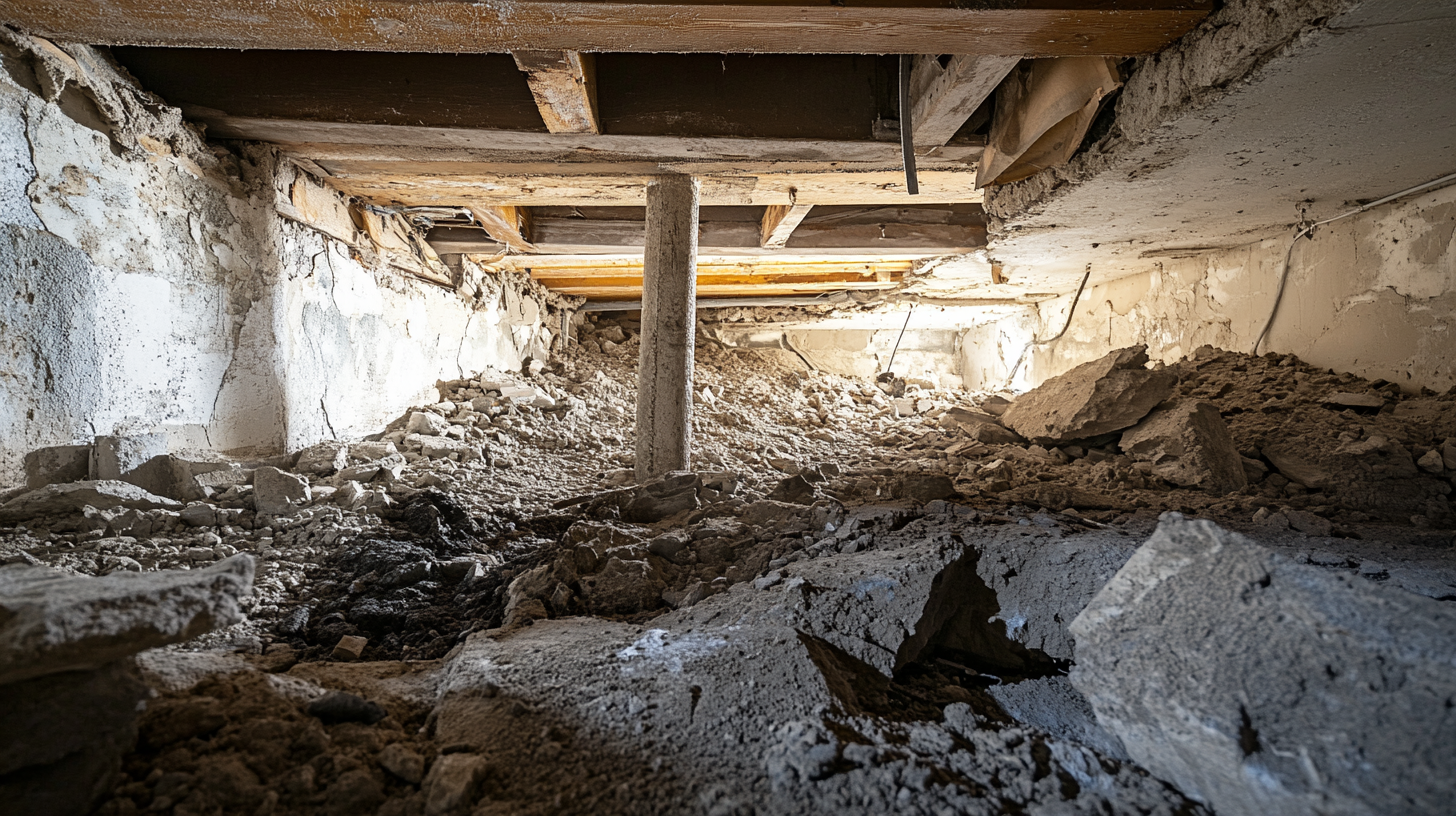

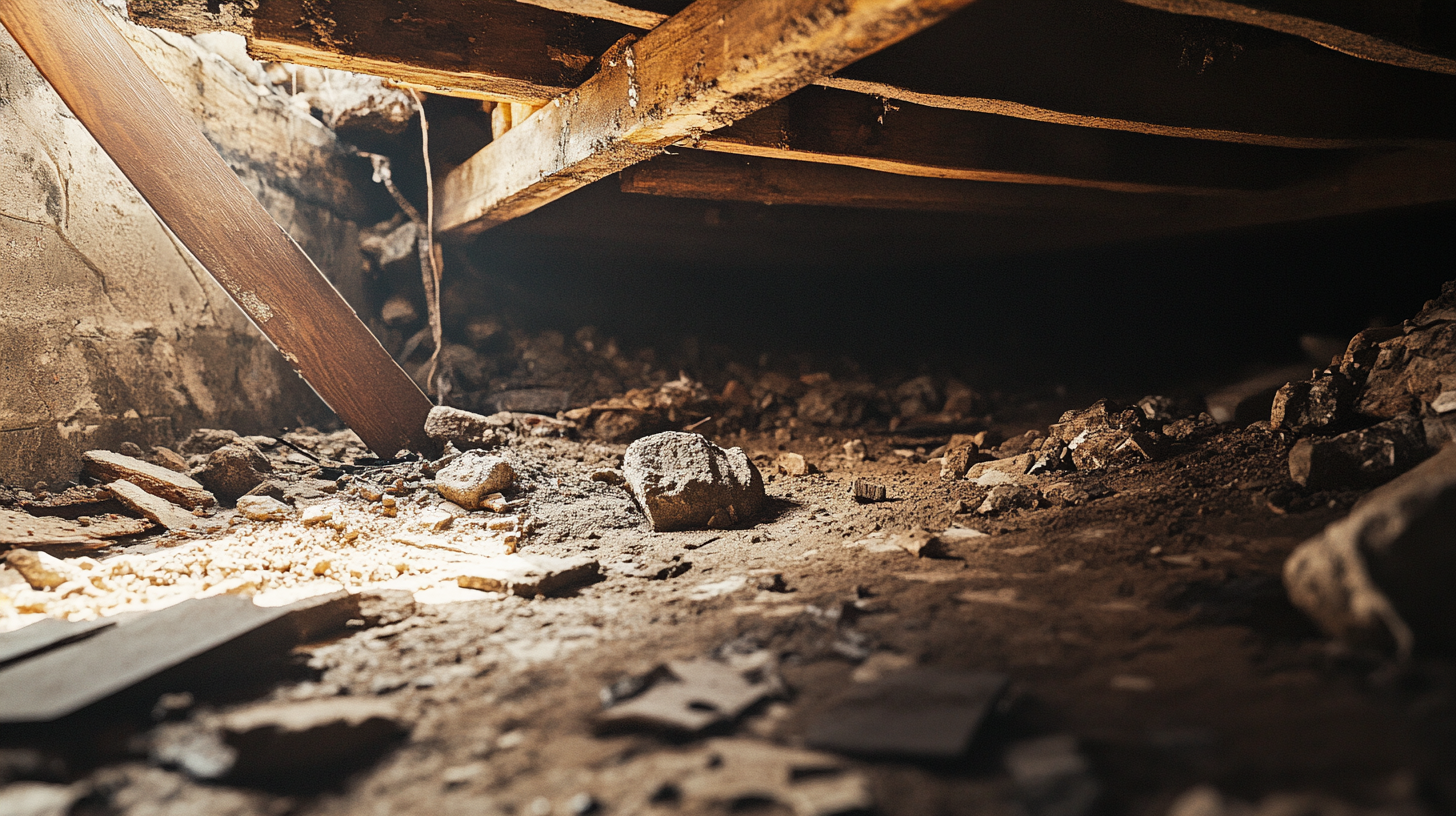
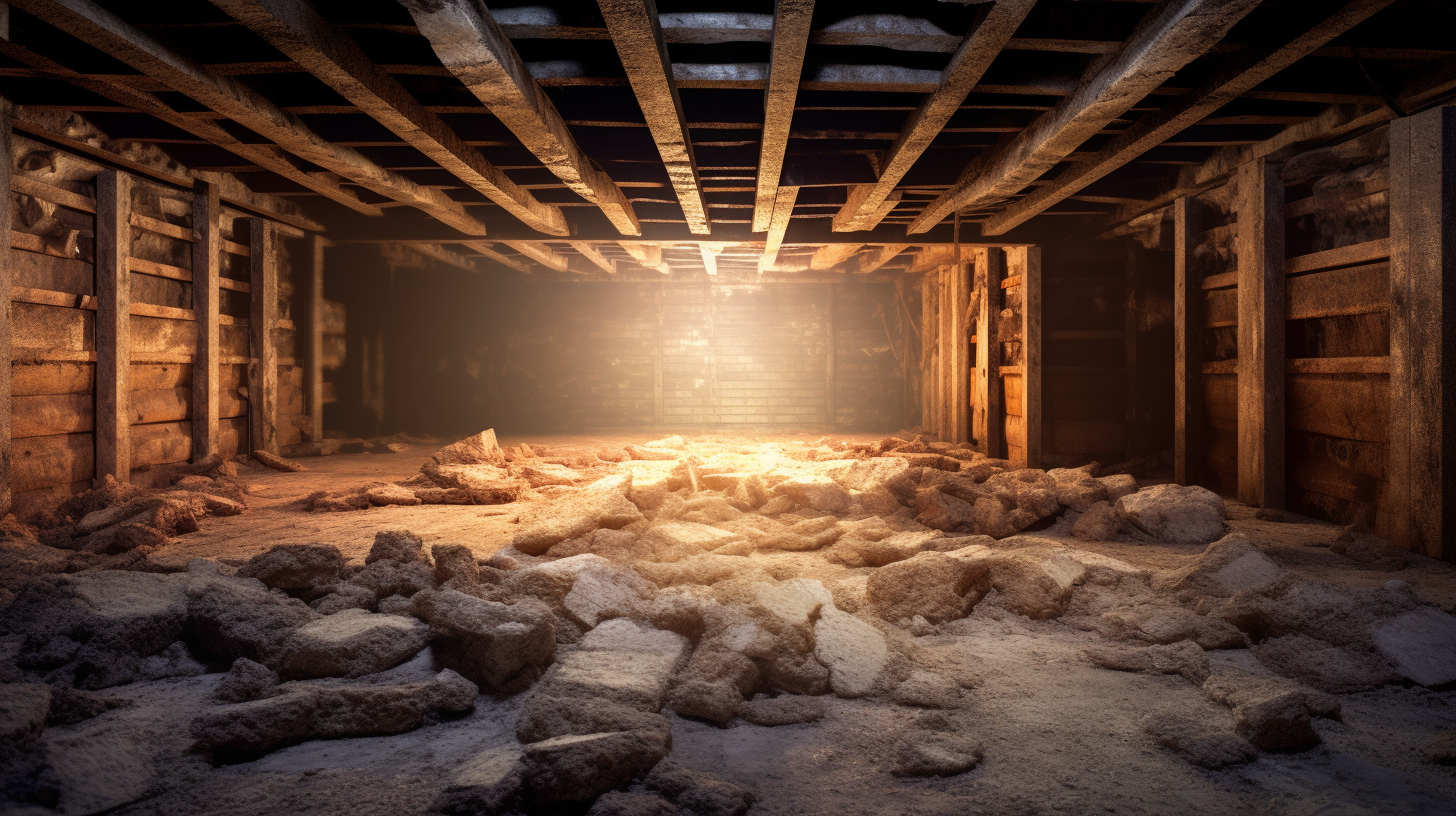
Got a Question? We’re Here to Help.
You can arrange an appointment or make an enquiry by phone or email, orget in touch to us via our contact form.
Looking for a reliable and professional company to take care of your crawl space, basement and gutter needs? Look no further than Trench Guys! We have years of experience in the industry and can provide you with top-quality services at a competitive price. Contact us today to get started!
CONTACT INFORMATION
Phone: 478-236-6403
Email: Wedigmiddlega@gmail.com
Address: Macon, GA
Business Hours:
Mon-Fri: 6:00 AM - 5:00 PM
Sat-Sun: Closed
ADDITIONAL INFORMATION
Us Across The Web
Geo
Neighborhoods
Niche
All Rights Reserved | Trench Guys
Privacy Policy | Terms & Conditions | Sitemap
